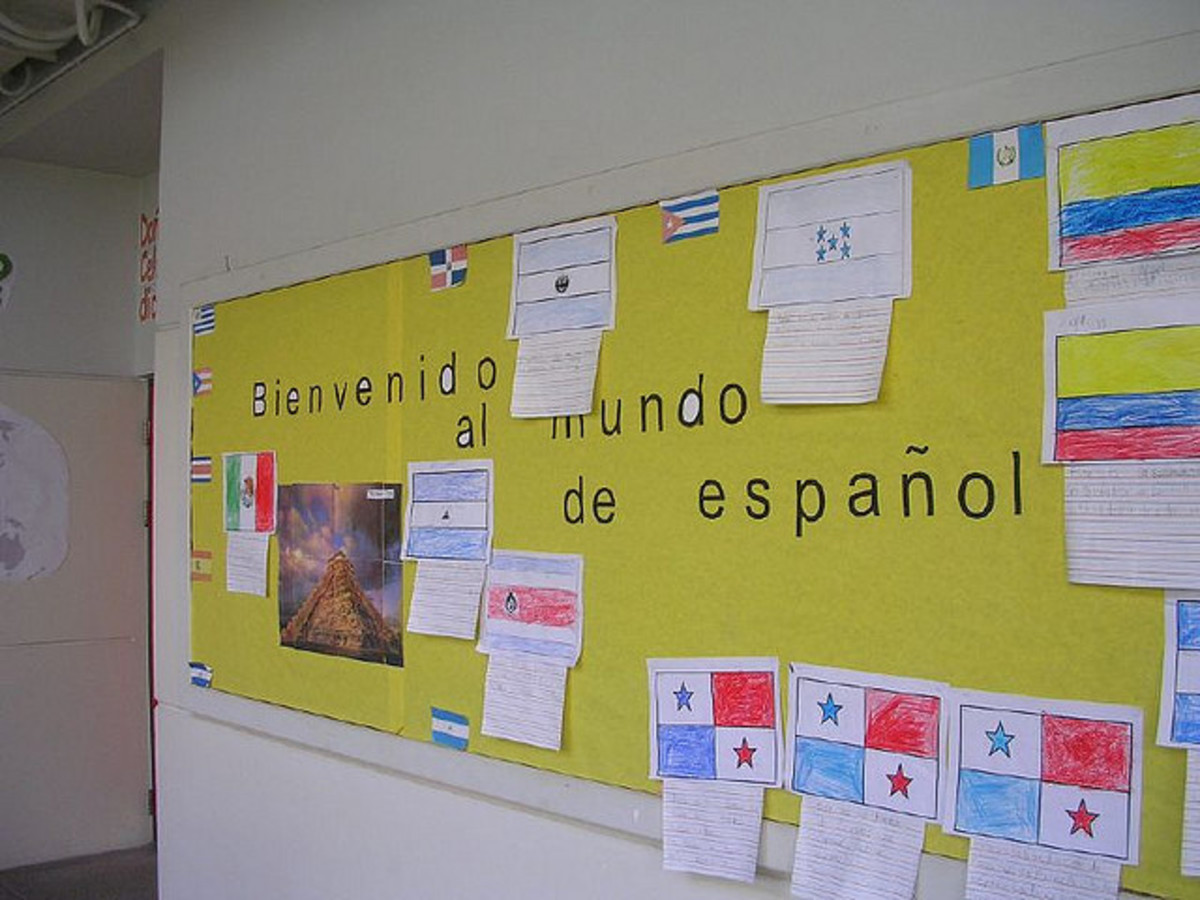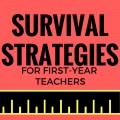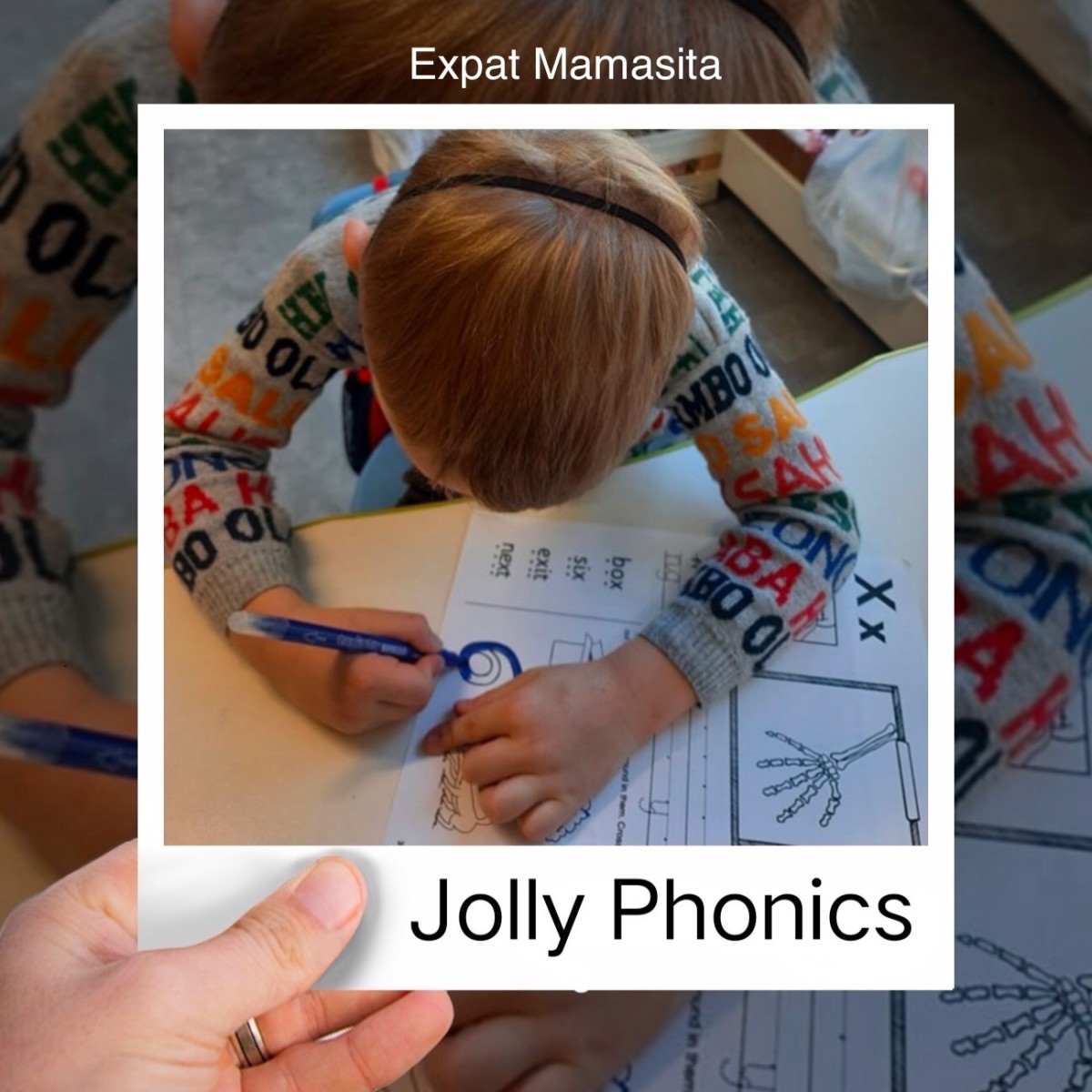Overlooked Classroom Discipline Strategies
Behavior Management in the Classroom: Classroom Discipline Strategies
Every teacher needs great classroom discipline strategies. This article, however, isn’t about discipline programs. Instead, it’s about making sure the discipline problems don’t occur in the first place. I have almost twenty years of experience in education. This experience has been both as a teacher and an administrator. In that period of time, I have found that virtually every successful teacher has had several strengths in common. This article will address these characteristics.
Bellwork
When students enter your class, what do they do? Keep students actively engaged with meaningful work, bellwork. Bellwork should be something that is regular, meaningful, and reviewed. By doing this, you set the tone for the remainder of the day or lesson. An idle student is a student who can get into trouble, so make sure students have bellwork each morning.
Gifted Children
When you have gifted children in your class, that can spell trouble unless you make sure those students’ needs are met. Gifted students are not always the teacher pleasers that some people think they are. In fact, gifted students are often a source of classroom disruption and discipline problems. This is true, because these students tend to learn faster, and many of them complete their work quicker than other students. What do they do when they finish their work? Some gifted students are well behaved as they wait for instruction or another assignment. Unfortunately, many gifted students get bored and begin to misbehave or disrupt the class. What should you do? Don’t assign busy work! Gifted students will see right through this, and this will backfire. Try one or more of the following:
1. Have gifted students complete higher order thinking skills. Your entire class can still study the same topic. Vary the work, so gifted students can select different and more challenging ways to show or develop their understanding.
2. Allow gifted students to become self-paced learners. They can still learn the same things, but they can progress at a much faster rate, continue to participate in any relevant discussions or lessons that might benefit them, and go deeper into the subject. Gifted students often love to learn concepts in greater depth than standard texts allow.
3. Have gifted students learn and teach entire lessons.
4. Gifted students love to help other students, but this is almost always overused. Feel free to have gifted students tutor other students, but remember that these students are far better served learning new concepts rather than teaching concepts they’ve already mastered.
5. Have students complete extra reading for credit. Again, be careful with this one, because it too is overused. If you do this, make sure your students are challenged. Gifted students may need to read novels from a higher grade level. Consult a book level list in order to make sure books are challenging enough.
6. After completing your curriculum, gifted students may be allowed to work on an independent study project of their choosing. Just make sure that you know what they’re doing, so they don’t study something inappropriate. This might be a great opportunity to have them share what they’ve learned with the rest of the class.
7. Unfortunately, ability grouping has developed a negative connotation. Gifted students often perform better with like students. Place your highest achievers in groups and allow them to work on projects with greater depth.
Music
There are numerous studies and programs that advocate the benefits of playing classical or calming music either before school or at specific periods of time during the day. I know several teachers who agree with these studies/programs and use music as one of their classroom discipline strategies. I, on the other hand, have found that the music is ignored by most students, and instead it merely acts as background noise that must be overcome. Students have a hard time focusing on my bellwork, and they often raise their voices to be heard over the music. Consequently, this causes more disruptions. Try music for yourself. You may like it, and it might be calming. After all, there are a lot of advocates. Whether you continue playing the music or not, you will have learned something valuable. Thomas Edison is thought to have said, “I have not failed. I've just found 10,000 ways that won't work.” Trying things is how we learn. While music didn’t calm, soothe, focus, and quiet my class, you might find that it works for you.
Seating
When I was an administrator, I found that many teachers would refer students for classroom misbehaviors that could have been avoided. When I looked at the seating arrangements in these classrooms, I found that many of the problems were occurring, because the teacher lumped difficult students together, placed them in the back of the class and forgot about them, or put them next to the teacher’s desk and expected miracles. Nothing takes the place of student supervision. A great seating chart is worthless if the teacher has his/her head buried in a stack of assignments that need to be graded while students are misbehaving.
When you were in school, were you taught to place the most difficult children right next to your desk? Were you told that one of the best classroom discipline strategies is to put their desk in the front of the class? If so, this might be causing more disruptions. Some students love attention. When you place them in the front of the class, you’re putting them on the stage. Try putting these students near the back of the room, eliminating their stage performances, and minimizing contact with other children. Other challenging students, the students who do not thrive on student attention, can then be placed in the front of the class. Regardless of where you seat these students, please be wary of separating them from the rest of the class. Separating students from their peers should truly be a last resort, one that you have discussed with parents and possibly even administration.








